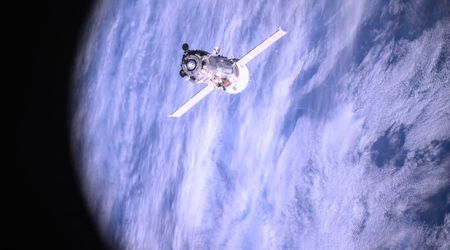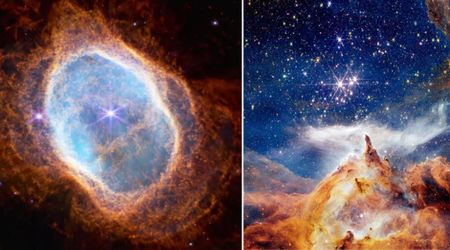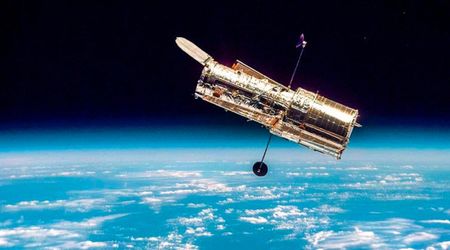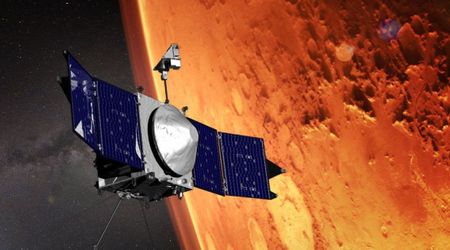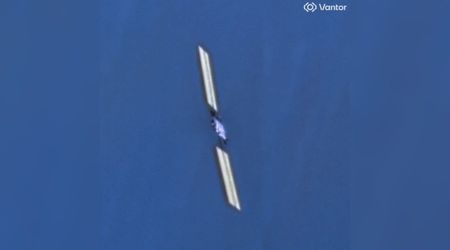Hubble Space Telescope's latest image reveals the secrets of low surface brightness galaxy NGC 45
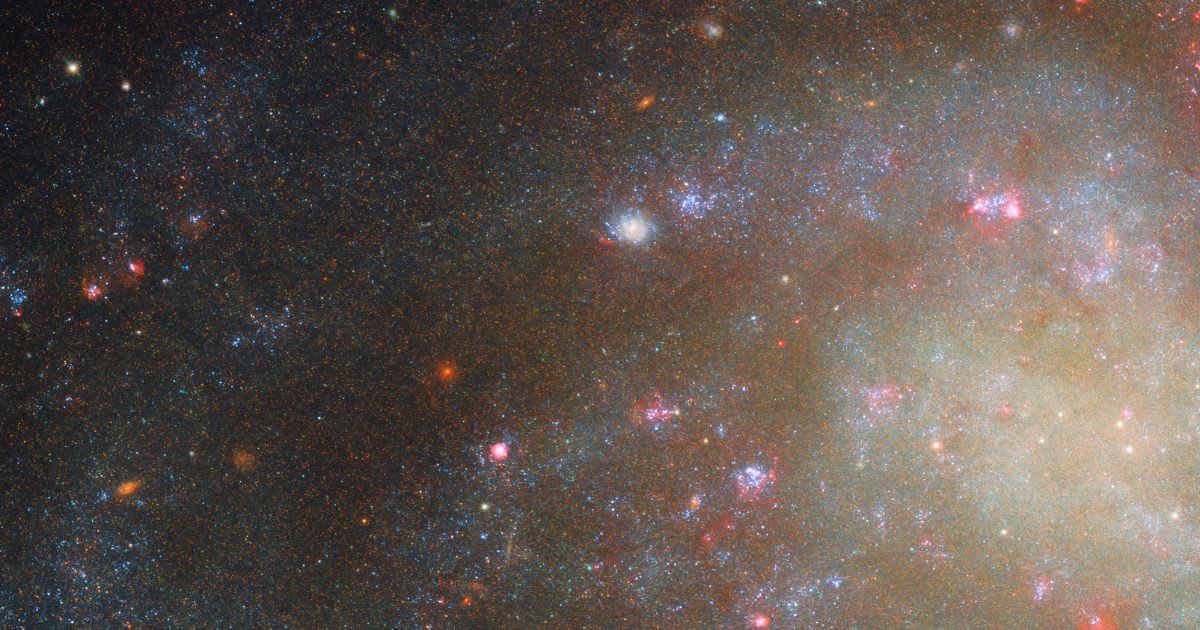
The Hubble Space Telescope has provided a new, detailed view of NGC 45, a spiral galaxy located a mere 22 million light-years away. This image is the result of two separate observational studies aimed at understanding the process of star formation in a diverse range of galaxies. NGC 45 is a particularly interesting target because it is a low surface brightness galaxy, a type of galaxy that is remarkably difficult to detect, according to NASA.
This galaxy is even fainter than the night sky! 🌃
— HUBBLE (@HUBBLE_space) August 14, 2025
NGC 45, which lies 22 million light-years away in the constellation Cetus (The Whale) 🐳⭐ is an example of a low surface brightness galaxy. 1/3 pic.twitter.com/Hl7QnVJXpj
The first of these programs conducted a broad survey of 50 galaxies, using Hubble's multi-wavelength capabilities to capture light from the ultraviolet to the near-infrared. The second program then focused on a specific red wavelength known as H-alpha, which is strongly emitted by star-forming nebulae. This dual approach reveals vibrant pink-red patches across NGC 45, indicating regions of intense stellar birth.
While NGC 45 appears to be a typical spiral galaxy, it's a prime example of a low surface brightness galaxy. These galaxies are notoriously difficult to detect and study because they are dimmer than the natural night sky itself. Their faintness is attributed to their low stellar count relative to their significant amounts of gas and dark matter.
These galaxies have few stars compared for the amount of gas and dark matter they carry. Thankfully, the sensitive instruments on the NASA/ESA Hubble Space Telescope are up to the task of observing them! 2/3
— HUBBLE (@HUBBLE_space) August 14, 2025
First discovered by chance in 1986, astronomers now estimate that low surface brightness galaxies could make up a significant portion of all galaxies, potentially 30-60%. Gaining insight into these elusive objects is crucial for a complete understanding of galaxy formation and evolution, and Hubble's powerful instruments are a vital tool in this ongoing research.
Located in the constellation Cetus, NGC 45 is also known by its other designations, including DDO 223, ESO 473-1 and LEDA 930, according to Sci News. This immense galaxy spans approximately 81,000 light-years across. It was first observed by English astronomer John Herschel on November 11, 1835.

Hubble's observations have been critical for dissecting the nature of this unique object. The programs were designed to study how star formation varies across galaxies with different structures, sizes, and degrees of isolation. NGC 45 serves as an ideal case study because of its low surface brightness, a characteristic that makes it "fainter than the night sky itself." The study of these hard-to-detect galaxies is key to unlocking the mysteries of galaxy evolution, a task for which Hubble's sensitive instruments are perfectly suited.
In a separate, but equally compelling, study, NASA's Hubble Space Telescope has provided a new, breathtaking view of the Tarantula Nebula. Located within the Large Magellanic Cloud, a dwarf satellite galaxy to the Milky Way, this region is the largest and most luminous star-forming area in our cosmic vicinity. The nebula is situated about 160,000 light-years away and has long been a key subject for astronomers.
Creeping and crawling through the Tarantula Nebula! 🕷️⭐
— HUBBLE (@HUBBLE_space) August 8, 2025
Access more space-themed .gifs at our giphy page: https://t.co/oMHx7whFJ8 pic.twitter.com/kCp5U1ENLz
The new image, part of a recent observing program, highlights the complex, dusty filaments within the nebula. The Tarantula Nebula is celebrated for its immense stars, some of which are up to 200 times the mass of our Sun. The captured view offers a remarkably close look at a rare Wolf-Rayet star, an extremely hot and bright star that has shed its outer hydrogen layer. These stars are known for their powerful stellar winds and extreme luminosity.
